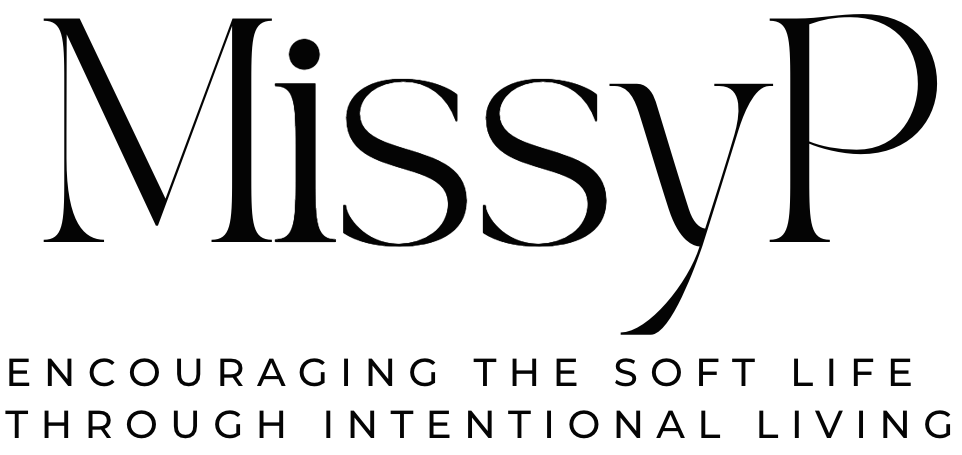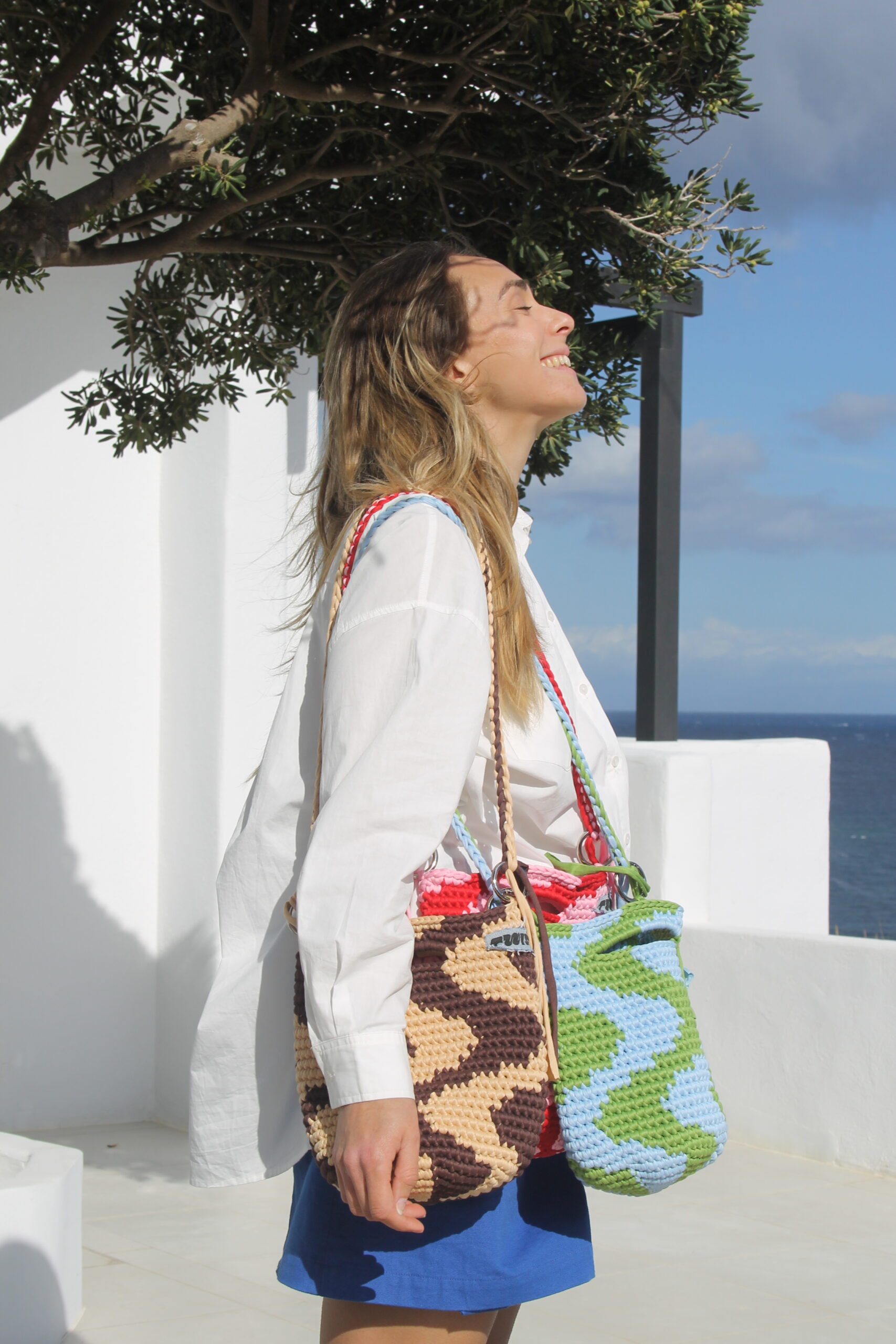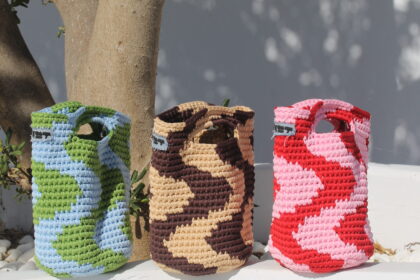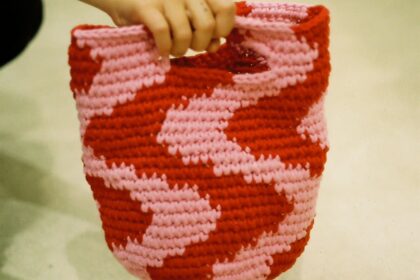Ever wondered how you can keep up with ethical fashion whilst remaining loyal to your style or favourite looks? Unsure what to be watching out for when shopping second-hand? Want to avoid fast fashion brands but not sure where to look for alternatives?
The beauty of sustainable clothing is that it combines both sustainability efforts along with fashion. Truth be told – trends will no longer matter that much once you have refined and defined the look that best serves you along with people, planet and animals.
Sustainable or Ethical Fashion aren’t merely buzzwords that are here for a season. They are here for a reason and thanks to an age of increased global transparency in the clothing industry we are witnessing a heightened awareness around the environment and related social impacts. In this regard, we are collectively shopping and dressing toward a greener future.
In a previous blog post I offered tips on how to include sustainable fashion brands into your wardrobe. To provide a simple and comprehensive guide for you to integrate into your closet, I’ll be breaking down each of those tips. They have been tried and tested by yours truly. An ethical wardrobe is possible for everyone, no matter your style or budget. And by doing so you are reducing your carbon footprint.
1. Shop Secondhand
It may seem obvious but for those in the back, it’s worth repeating more than a few times. The first step in integrating an ethical wardrobe is to shop at second-hand and/or vintage stores. These shops receive their gently used clothes (or bags, shoes, accessories) either by donation or through consignment which means the person who brought in the clothes receives a portion of the sale.
A caveat to add is that vintage stores will usually price their items higher, as the pieces they carry truly are one of a kind stemming from a popularized fashion era. The higher the demand, the greater the price.
Flea markets can also be a great place to shop for sustainable fashion! Not to sound bougie but on a trip to Milan, Italy I scored vintage Armani at a flea market for a fraction of the price! The bargain hunt is worth the style score.
The main thing to keep in mind when shopping at any of these places is to have a goal in mind of what you are shopping for, be it bottoms, tops or dresses. Have a game plan yet be open-minded to pieces you may not have considered. Try them on if you’re unsure!
2. Swap with Your Friends
Clothing swaps are a fun, effective and FREE way to receive clothes. Each person brings a bag of used clothes (even bags and accessories) then you try on and trade till each person goes home with a goodie bag of pre-loved garments. I received great pieces from my friends and vice-versa. Plus, it’s a great way to save money!
Why not suggest a wine and swap night to your friends for the next get-together?!
3. Support Smaller Designers & Fashion Brands
…who are sustainably sourcing their materials! Just because they are a small/mid-sized designer doesn’t exclusively entail that their business is in favour of ethical fashion. If you’re unsure ask them! This is not to sound cynical but rather to be a discerning consumer of fashion no matter the scale. At the end of the day though, it is better to support a smaller fashion brand label as you are contributing to their growth and passion.
Here’s a list of ethical clothing brands worth shopping!
4. Shop Your Closet
Before going out to spend your money, why not see what pieces you may have been neglecting that could use a revival? A fun way to do this is by literally playing dress-up! Take a few hours and start mix and matching different pieces together for a fresh new look. Yes, even those pieces you’ve become reluctant to wear. Who knows, maybe through a different outfit combination you’ll come to love that piece again.
Bonus fun if done with friends! Each time I get together with my friend Sophie, the thing we do first is play dress up – it sometimes takes a set of fresh eyes to revamp a limp wardrobe.
5. Do Your Research
Coming back to the above point, if you’re unsure about a label, research before you purchase! A general rule of thumb is if the fashion companies are presenting their entire supply chain and code of ethics in a fuzzy or ambiguous manner or not sharing it at all you can be sure they have work to do in the ethical fashion realm. Watch out for green-washing tactics that essentially manipulate the consumer into thinking they are an eco-friendly company.
Nowadays there are plenty of online fashion directories that do the leg-work of researching brands and scoring them depending on their level of ethics.
My go to website is Good On You.
6. Vintage Begins at Home
Sustainable Fashion, was arguably the only fashion practice to exist when our parents and grandparents were younger. Consumerism hadn’t boomed yet, therefore clothing companies were firstly committed to quality vs. quantity (no synthetic fibers) and the supply chains were predominantly based in one country vs. outsourced overseas.
If you can, ask your parents or relatives if they kept their precious threads from back then. And the best part is if they are quality pieces from the 1970s-1990s (or even earlier) you can be sure they are vintage grade. Vintage clothing can run a steep price tag so all the more reason to sift through their boxes or closets.
I was a given a pristine 1980’s shoulder bag from a family-friend, after it had been lying dormant in the attack for a few decades. It’s become one of my favourite bags. Also, my mom was somewhat of a style inspiration for me as a young kid in the late 90’s – luckily she kept a number of these clothes that I get to happily wear now!
There is something really cool and personal about wearing these older keep-sakes from the people you are close with. Plus,
7. Invest
In German we have a saying that goes “those who buy cheap buy twice”. Invest in high-quality and long-lasting pieces that weren’t made in mass production.
Coming back to the above point, this “buy once, save twice” mentality was the backbone of how previous generations shopped not only for clothes but every other consumer item.
Again, be sure to do your research in terms of how ethical the label is. Where are they sourcing their materials or are they paying their garment workers a living wage?
The other thing to consider when investing in quality pieces is whether or not it’s a trendy or timeless item? If you’re spending a larger sum on an item that you may only wear for a season or two AND that piece isn’t combinable with other pieces in your closet, it may not be worth it.
However, if it’s a timeless staple that you see yourself wearing for years to come, then perhaps you should allow yourself that investment.
8. Trust the Trades(wo)manship
Bringing your clothes to a tailor or seamstress for repair or altering is a great way to support ethical fashion practices.
You’re not only extending the life of a pre-worn clothing item vs. going out the store to buy a new piece that fits better, but you’re also supporting a profession in the trades-industry that tends to get overlooked in our consumer era.
These tradespeople can work magic on fabric – shorter, longer, bigger, smaller. They will cut and stitch the clothes to fit your body, and not the other way around.
This is something to keep in mind when second hand shopping. Say, you find that one perfect dress or shirt when sifting through the racks. The one issue, is that it doesn’t quite fit! It would be a shame to leave it hanging, so you take it to your local seamstress to have it altered. Win/Win.
My grandma, for example, gave me a pair of vintage ESCADA pants that were a few sizes too big for me. Instead of refusing them I invested 50 euros to have a seamstress fit them to my shape. They are now one of my favourite pair of pants in my wardrobe.
Budget, can be an implication for some people and some of these alterations come with their set price. Be discerning on what items you are willing to spend the money on.
9. No Rinse and Repeating
It may seem that ethical fashion, starts and ends upon shopping but it goes so far as to how we are taking care of our clothes.
The quickest way to deplete the quality of your clothes is by regularly washing them. Unless you have stains or body odour stench, there is NO reason to wash your clothes after every wear. Also, your water and electricity bill will thank you. Plus, you will save yourself time.
One way in having your clothes feel fresh again, is laying them outside overnight to air out. If you have a stain, wash out that one area with soap and water instead of the whole piece. Ironing is a quick way to erase wrinkles or creases plus the hot steam will freshen clothes.
You especially want to avoid washing your denims as much as possible, as this fabric has the tendency of fitting itself to your body. You know how good a worn-in pair of jeans feels?
Why undo all that work by throwing them in the laundry!?
Not only are we wanting to extend the life our clothes but we want to avoid the added environmental burden of over consuming water and electricity.
Missed the last post on sustainable fashion? Read it here!
The bags in the above photo are by Studio Twist!
Thanks for reading, xo!




